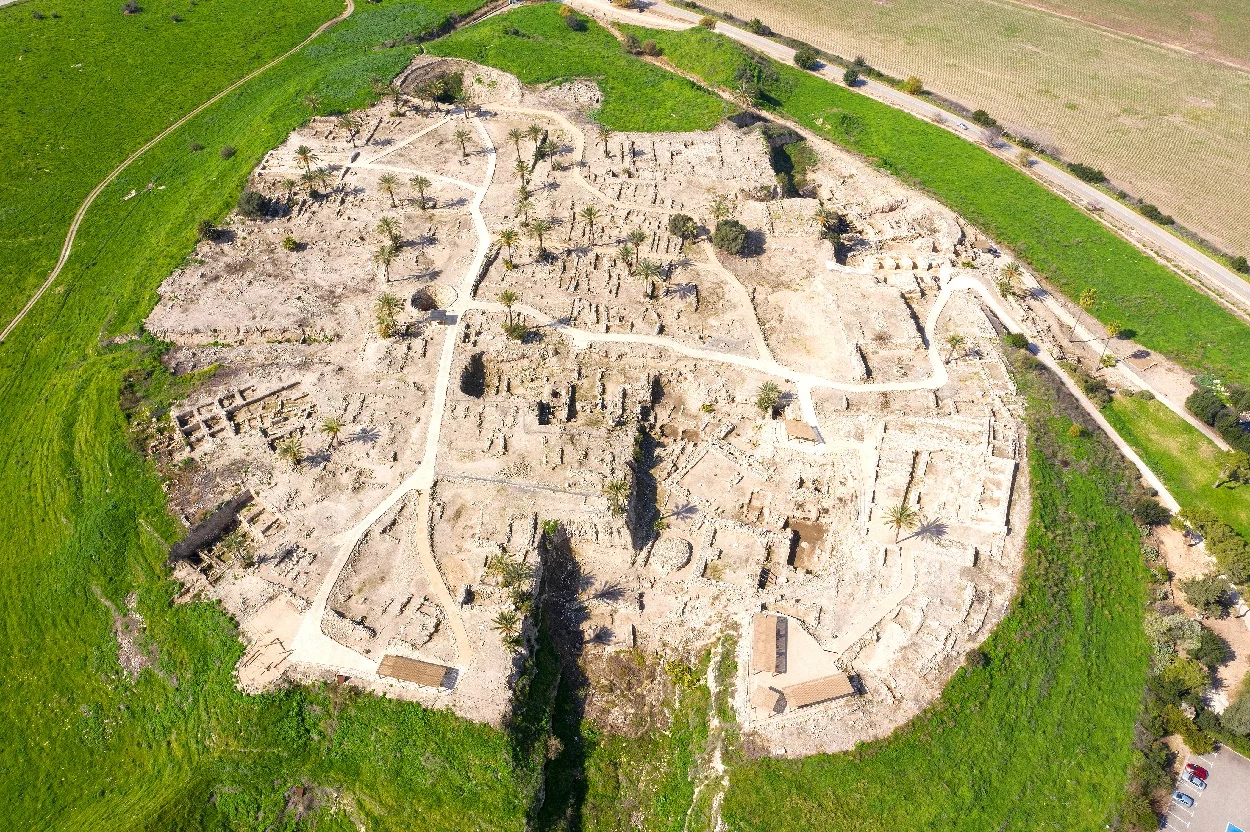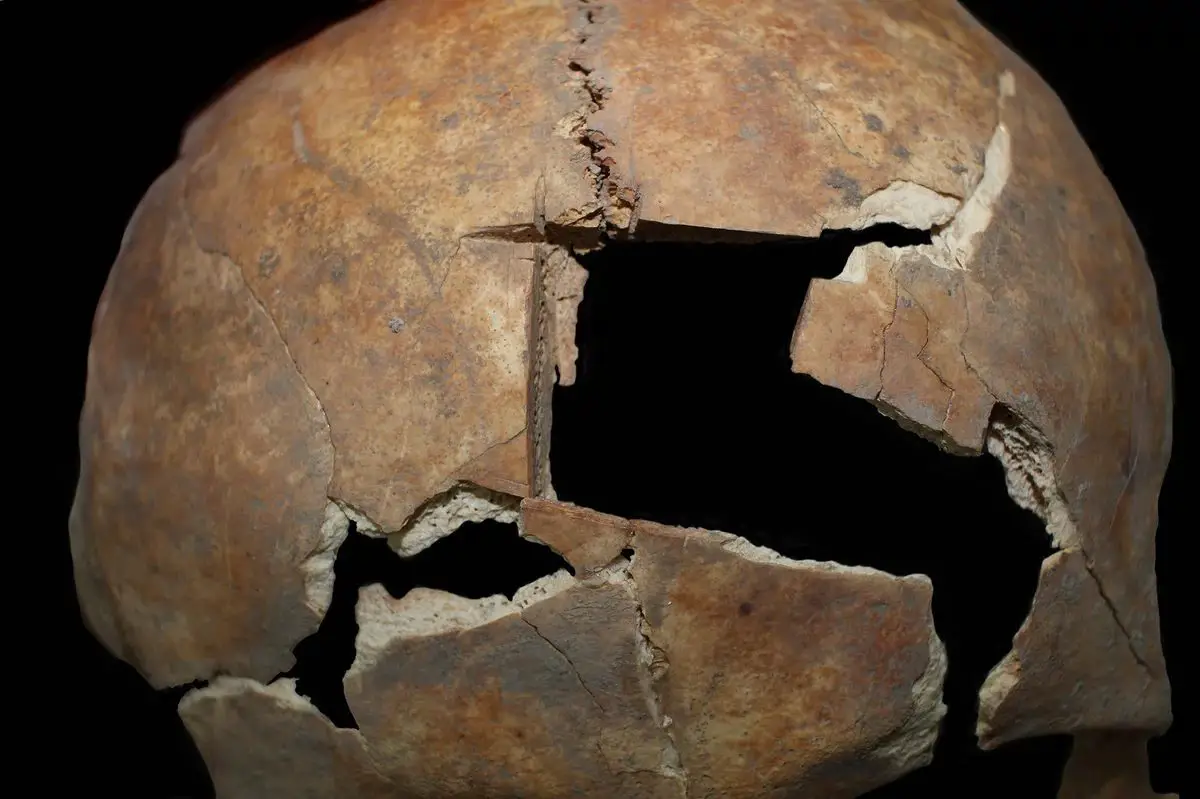Archaeologists excavating at ancient Megiddo have found evidence of Bronze Age cranial surgery.
Megiddo is an ancient city, the remains of which form a Tel (an archaeological mound), situated in northern Israel near Kibbutz Megiddo.
During the Bronze Age, Megiddo was an important Canaanite city-state, inhabited by a Semitic-speaking civilisation which had population centres in the region of the Southern Levant in the Ancient Near East.
Megiddo emerged as an important centre of trade, controlling the crossing at the northern end of the Wadi Ara defile, which acts as a pass through the Carmel Ridge, and from its position overlooking the rich Jezreel Valley from the west.

Recent excavations at the Tel have uncovered a burial site, where archaeologists found the skull of an adult male with evidence of trephination. Trephination is a surgical intervention in which a hole is drilled or scraped into the human skull. The intentional perforation of the cranium exposes the dura mater to treat health problems related to intracranial diseases or release pressured blood build-up from an injury.
The hole is square in size around the size of a large postage stamp and was made with great care not to puncture a tissue layer protecting the brain. The team found two of the pieces of bone that had been wedged out from the cranium, suggesting that the man died shortly after the medical procedure.
An examination of the remains has shown that the skull has several anomalies, including an extra molar, a broken nose which had healed in a lopsided way, and a defect in the forehead bones which never fused properly.
The man’s bones are marked by lesions consistent with an infectious disease such as tuberculosis or leprosy. Adjacent to the grave is another burial with similar lesions on the bones, for which a DNA analysis has revealed was the man’s younger brother.
“Maybe they were predisposed to have the same illnesses,” suggests Rachel Kalisher, a bioarchaeologist and graduate student at Brown University. Or “maybe they were living together and one caught the infectious disease from the other.”
According to Kalisher, the two brothers came from a domestic area directly adjacent to Megiddo’s late Bronze Age palace, suggesting that the pair were elite members of society and possibly even royals themselves.
The brothers were buried with fine Cypriot pottery and other valuable possessions, and as the trephination demonstrates, they received treatment that would have not been accessible to most citizens of Megiddo.
https://doi.org/10.1371/journal.pone.0281020
Header Image Credit : Rachel Kalisher







